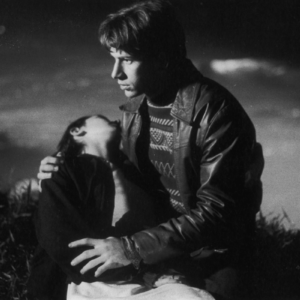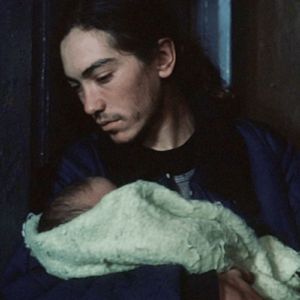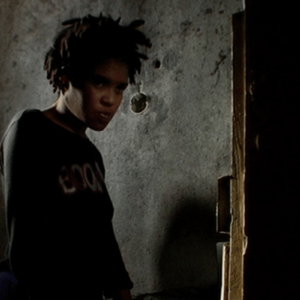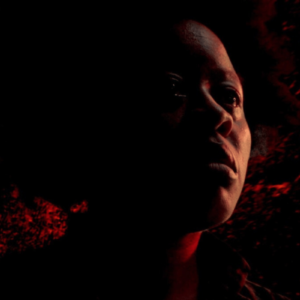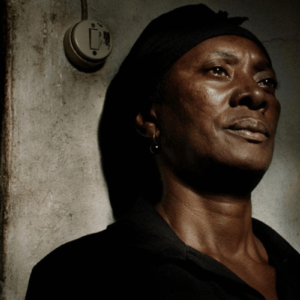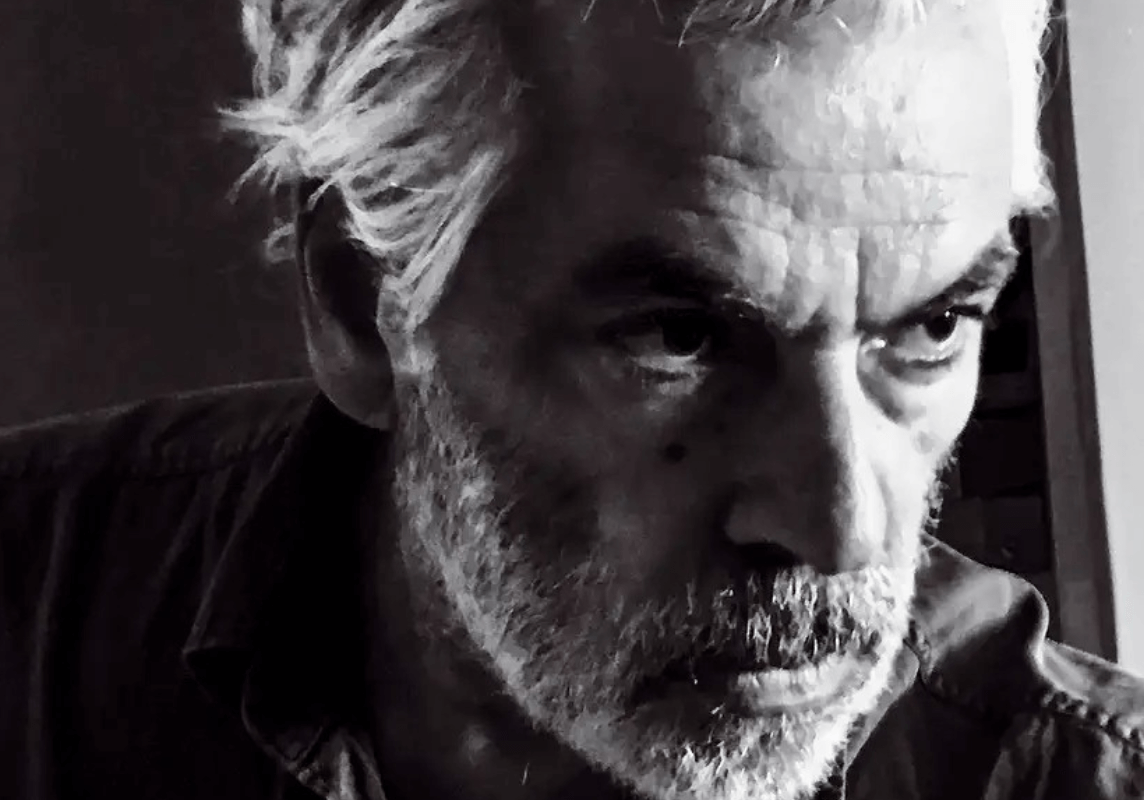
Pedro Costa. Black, the wound of time
To go back on Pedro Costa’s filmography means first of all to follow the mutations and changes, film after film, of his recurring characters, such as Vanda Duarte, Ventura, and Vitalina Varela. The bodies change, decline, and as years go by expose the truth of time, which carves the marks of grief and pain on them. Real bodies that incarnate collective traumas, a theme that has always haunted the cinema of the Portuguese director.
Costa is not seeking mercy for the last; he shows their power, their almost sacred dimension with its transfiguring potential, reminiscent of Pasolini. Each of Pedro’s shots is therefore potentially documentary, precisely because it is in search of a truth of the world by submitting spaces (Cabo Verde, or the Fontainhas neighbourhood) to a transformation process. At this juncture, enter the other great ‘character’ of his cinema: black. In Costa’s films, the bodies and spaces are sources of light surrounded by darkness. Black, however, is not an ornamental choice or aesthetic mannerism: on the contrary, it descends from a precise theoretical decision.
Black is the truest and deepest offscreen space of film. Time falls in it and hides, swallowed by a present without memory that pushes nonetheless to come to the surface. In black lies grief; the traumas and sorrows of the past have settled on it. Light and white (like the hospital in Cavalo dinheiro or the new houses in Juventude em marcha) thus become the obliteration of time, the aseptic sign of obliviousness.
With the support of the Embassy of Portugal in Rome, Camões - Instituto da Cooperação e da Língua, I.P.

